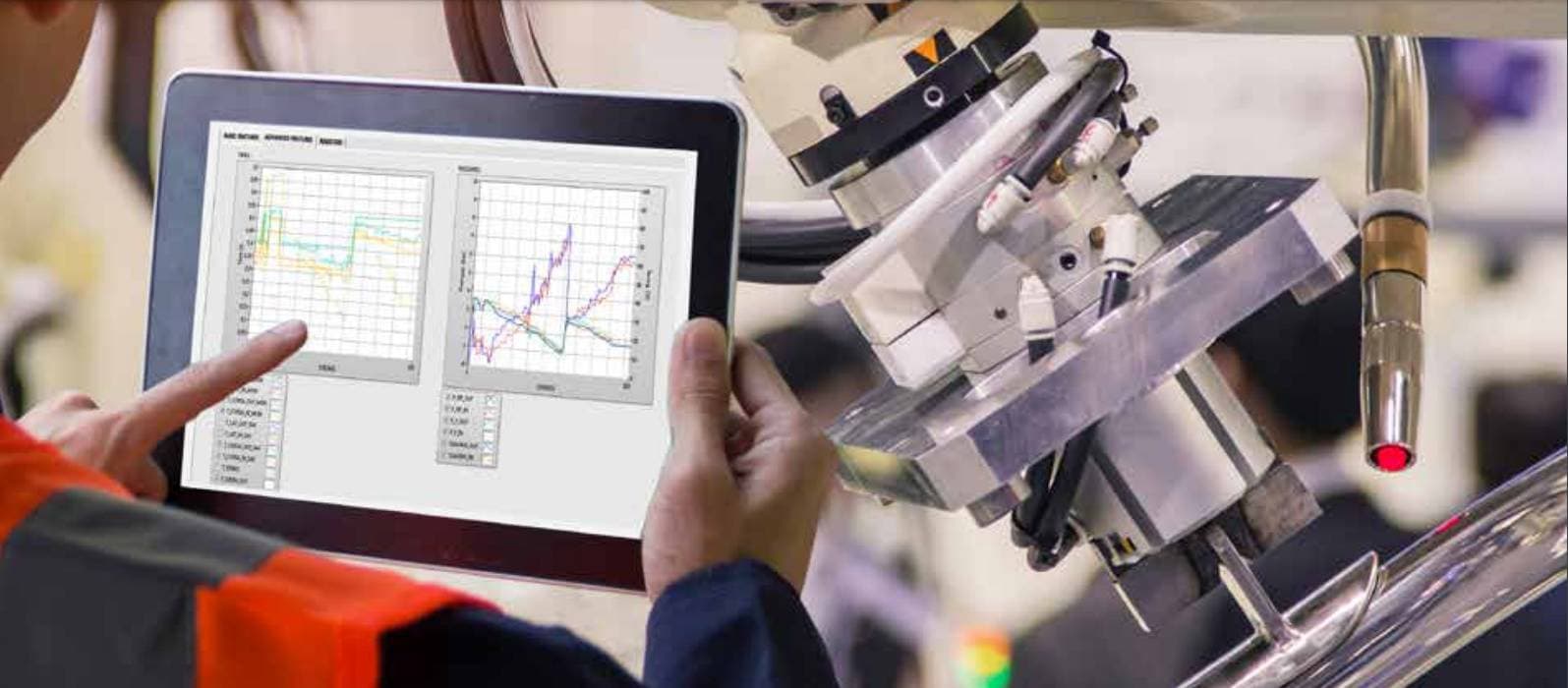On 2023 May 22nd a new Regulation of the European Parliament and the European Council concerning fixed, mobile, transportable and lifting/moving machinery was approved, excluding certain machines indicated in the directives.
The new Regulation will come into effect twenty days after its publication in the Official Journal of the European Union, expected in July 2023. It will definitively replace the old Machinery Directive 2006/42/EC, and its provisions will be applied 42 months after its entry into force, starting from January 2027.
Unlike the Directive, which required adaptation by each country, the main novelty of the Regulation is that it will be directly applicable in all member states. This means more uniform rules, absence of delays and unambiguous interpretations.
Modifications
The Directive only applied to new machinery and did not consider subsequent modifications, which were solely regulated by national laws that differed from one country to another.
The Regulation, on the other hand, also applies to products that have undergone “substantial modifications”, which include:
- physical or digital modifications made after the product has been placed on the market and put into use
- unforeseen or not planned changes by the manufacturer
- changes that impact safety by creating new hazards or increasing existing risks, thereby requiring repairs, additional protective devices or changes to existing safety control systems
- additional protective measures to ensure stability or mechanical resistance
In such cases, those responsible for making these modifications must comply with the same obligations established for manufacturers by the Regulation.
Roles introduced for two new economic operators
The new legislative framework of the Regulation introduces two important roles: the importer and the distributor.
The importer is the one who places a product from a non-European Union country onto the EU market. It must ensure that the manufacturer has followed the appropriate product conformity procedures and affix its own name, postal address and email on the product. Essentially, the importer is directly responsible for the product’s conformity.
The distributor, on the other hand, is a person other than the manufacturer or importer who makes the product available on the market. It has minor obligations, primarily consisting of verifying that the product is correctly identified and accompanied by all necessary documentation (including the manufacturer’s and importer’s information).
Distributors are also required to exercise due diligence in the transport and storage of the product, ensuring its conformity with safety requirements.
Software and digital components
Safety components, which were already considered in the Directive and required to bear the CE marking, are further expanded in their definition under the new Regulation.
“Safety components” now also include digital components, such as software. This means that the Regulation also applies to intangible products. Even software that performs safety functions and is sold separately must be marked with the CE marking. Additionally, it must be accompanied by a declaration of conformity from the European Union and by instructions for use if necessary.
Cybersecurity
Today, most machines are connected to data exchange networks that can be vulnerable to malicious attacks, which may increase in the future.
For this reason, the new Regulation requires that control circuits responsible for security be designed in a way that prevents such hacker attacks from causing hazardous machine behaviours.
Additionally, a new security requirement has been added specifically dedicated to protecting against corruption of computer systems.
Artificial Intelligence (AI)
The new Regulation also applies to systems that use artificial intelligence technologies. The goal is to ensure the assessment of risks associated with the behaviour of machines that operate with a certain degree of autonomy.
The machine learning phase must be controlled through specific safety circuits to ensure that they do not exceed the established risk limits.
In the safety and health standards applicable to mobile machinery, specific provisions are also included for autonomous mobile machines, known as AGVs (Automated Guided Vehicles). These products are becoming increasingly common and are replacing manual handling of objects in various sectors such as production lines, warehouses and hospitals.
High risk products
In relation to the previous paragraph, the new Regulation also includes a list of high-risk products: this list now includes safety components with self-evolving behaviour and machines that utilize systems with self-evolving behaviour.
These are products where the internal manufacturing conformity assessment procedure cannot be applied and the involvement of an authorized body is always required.
These products are divided into six categories:
- removable mechanical transmission devices, including their guards
- guards for removable mechanical transmission devices
- vehicle lifting bridges
- portable explosive-powered tools for fastening or other impact machines
- safety components with fully or partially self-evolving behaviour through machine learning approaches, ensuring safety functions
- machines incorporating systems with fully or partially self-evolving behaviour using machine learning approaches, ensuring safety functions and not independently placed on the market solely for these systems
Declaration of EU conformity
The new Regulation also introduces a new Declaration of EU Conformity to replace the old CE declaration, as mandated by the new laws: if a product is subject to multiple European Union laws, a single Declaration of EU Conformity must be completed, encompassing all applicable laws.
Conclusions
In conclusion, the new Machinery Regulation of 2023 brings significant changes to the industry. It replaces the old Directive and introduces uniform rules for all European Union member states.
The substantial modifications made to products require attention and compliance from manufacturers, who must adopt the appropriate procedures and ensure safety.
The introduction of the roles of importer and distributor contributes to increase responsibility in the commercialization process.
The inclusion of digital components and software in the definition of “safety component” highlights the importance of cybersecurity.
The application of artificial intelligence in machines requires proper risk assessment and control of the learning phase.
Lastly, the categories of high-risk products necessitate the involvement of authorized organisations to ensure compliance and safety.
By implementing these regulations, the aim is to improve consumer safety and health protection, as well as promote harmonization and innovation in the machinery sector.






